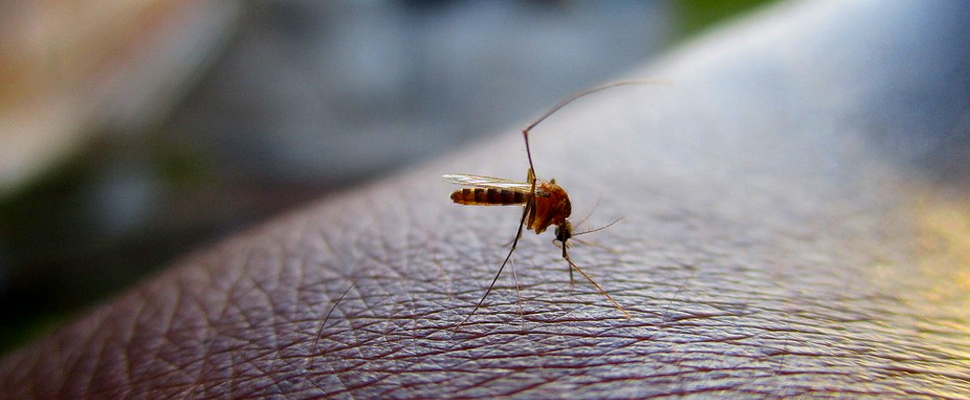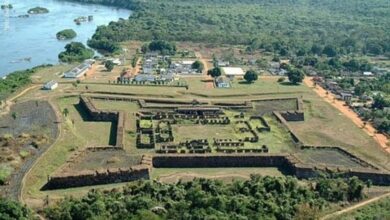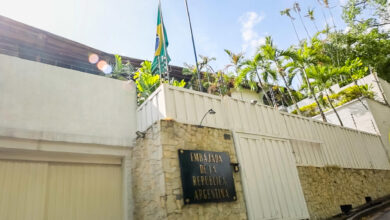Colombia: Zika and Dengue are fought with technology
With a mobile application, Glenis Barragán has gone from door to door through the slums of the northern Colombian city of Cucuta with the aim of combating the spread of Zika virus, a mosquito-borne disease.

Dengue virus transmitting mosquito. / Reference Image / Pixabay
Reuters | Anastasia Moloney
Listen to this article
Leer en español: Colombia: Con tecnología combaten enfermedades como el Zika o el dengue
Last year, Barragán helped other residents identify and eliminate mosquito breeding sites, from water stored in containers and buckets in homes to puddles, trash, and tires discarded on city streets and parks.
Using a telephone application and a platform created by Premise, a data and analysis company based in the United States, the information collected was recorded, subjected to georeferencing, photographed and then transmitted to the city's health authorities.
The results of the pilot project, which was executed from the beginning of 2018 until July of this year, found that when people are shown breeding sites and are informed about the Zika virus, they are more likely to inspect their own homes and keep mosquito-free, Premise said.
"When we passed again after two months, these houses that had hatcheries no longer have them, they are already applying the chlorine to destroy them," Barragán explained.
"We are raising awareness of the people who are in our hands to solve the problem and avoid it," she told the Thomson Reuters Foundation in a telephone interview.
Barragán is part of a network of more than 7,000 people who participated in the project led by Premise in three cities in Colombia – Cucuta, Cali, and Santa Marta – in which 108,000 homes were inspected, the firm said.
Participants were paid in bitcoins or by bank deposit.
In total, about 70,000 mosquito breeding sites were destroyed, and the average number of breeding sites found in each household was reduced from 3 to 1.8 in a year, according to Premise.
The technology company expects the initiative to expand to other cities in Colombia and throughout the continent.
Also read: Did you know that drinking tea improves brain health?
Citizen participation
The Zika virus is transmitted to humans by being bitten by Aedes aegypti mosquitoes, the same species that carry other diseases such as chikungunya, yellow fever, and dengue.
The project, funded by the United States Agency for International Development (USAID), emerged in response to the 2015-2016 Zika epidemic in America, which was later declared a global emergency.
While Latin America is not currently facing a Zika epidemic, the region is dealing with a large outbreak of dengue fever where at least 2 million people have contracted the virus so far this year and more than 720 have died, according to the World Health Organization.
As the region faces new outbreaks transmitted by mosquitoes, there is a growing need to find new ways to control and reduce the spread of infectious diseases such as Zika and dengue, which includes providing technological solutions to affected communities.
Medical experts warn that people living in densely populated slums without running water or adequate sewage and garbage collection systems are at greater risk of contracting Zika and other mosquito-borne diseases.
During heavy rains, slums are often flooded because drains do not exist or are blocked, leaving puddles of standing water outside people's homes where mosquitoes can reproduce.
Barragán said she and other community leaders visited homes in slums on the hillside that health authorities cannot reach due to transportation and safety issues.
Also read: Refugees' children with PTSD are at higher risk of having psychiatric disorders
Involving local communities in collecting data to monitor disease outbreaks can help supplement the work done by health officials who have generally carried out such tasks.
"This is a fairly innovative and new initiative to include a participatory approach, which means that citizens monitor outbreaks," said Antoine Flahault, director of the Institute of Global Health at the University of Geneva.
Maury Blackman, director of Premise, said the data collected includes heat maps, historical monitoring, and frequency charts, allowing health officials to see when and in which neighborhoods in the city they should intervene.
"With the data analysis, what we can do is show (to the authorities) through the mapping where the areas of greatest impact are," Blackman said.





